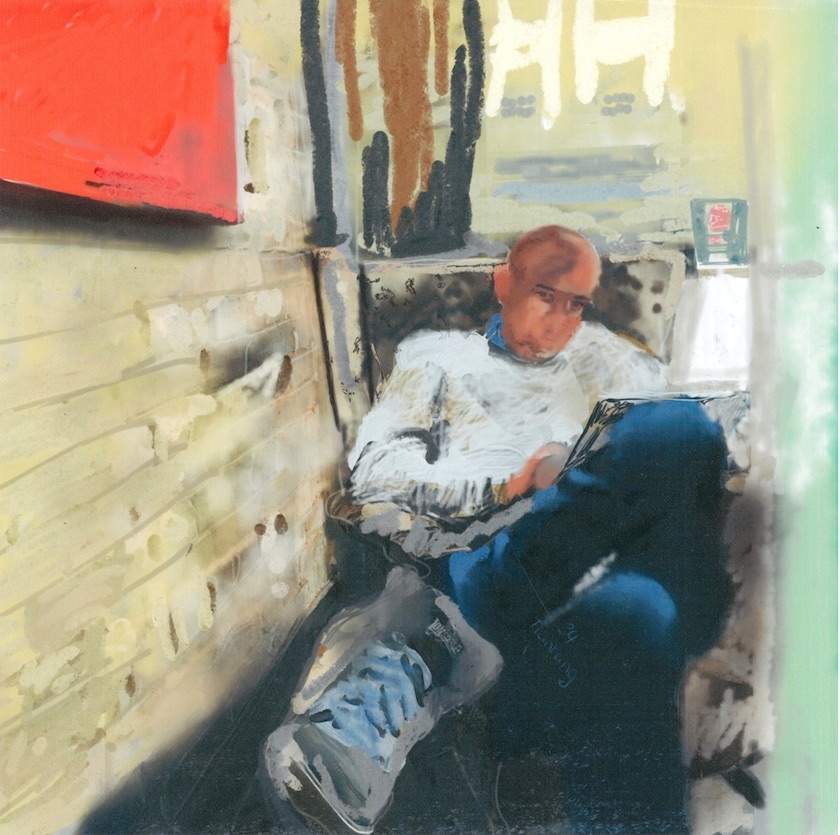A new review by the College of Policing has found that custodial sanctions contribute to increased crime rates.
The review found that custodial sanctions increase reoffending, in comparison to non-custodial sanctions. 54% of offenders who received a custodial sanction went on to reoffend. This increase in reoffending applied regardless of the offender’s characteristics, country, length of sentence or type of custody.
The review challenges the assumption that offenders always perceive incarceration as a more serious sentence than non-custodial sanctions. Instead, they observed that custodial sanctions can have a poor deterrent effect on offenders: individuals in custodial environments are exposed to risk factors such as violence and victimisation, and meet other offenders while at the same time losing access to protective factors such as family. Together, these challenges build up psychological strain and increase an individual’s risk of reoffending.
These findings on custodial sanctions are particularly concerning for both the UK and the US, which are grappling with high incarceration rates. Presently, the incarceration rate in England and Wales is 159 people in every 100,000. Despite the review’s results that imprisonment can increase the risk of reoffending, the UK has an ambitious £4bn plan to build 20,000 more prison spaces by 2030 and is looking into renting foreign prisons in Europe. This trend also finds parallels with the US, which is building billion-dollar “mega prisons”.
The review focused on three types of custodial sanctions – prison, young offender institutions and other secure residential facilities. It also compared them to non-custodial sanctions, such as probation and community service. 80% of the review’s participants were offenders from the USA, while 5% were from the UK.







